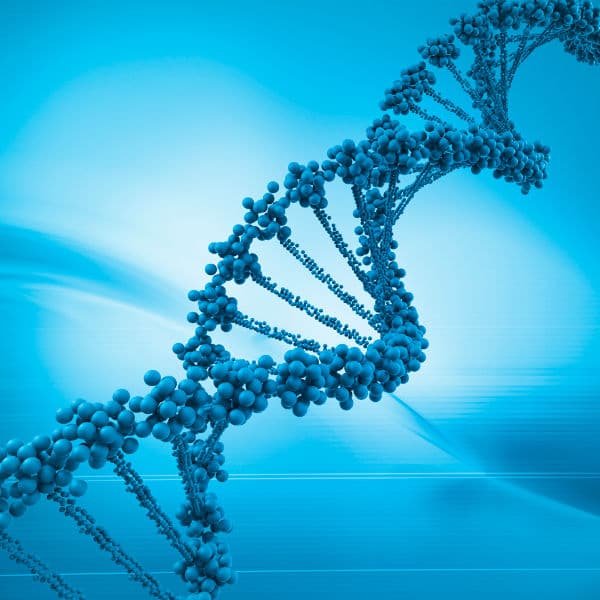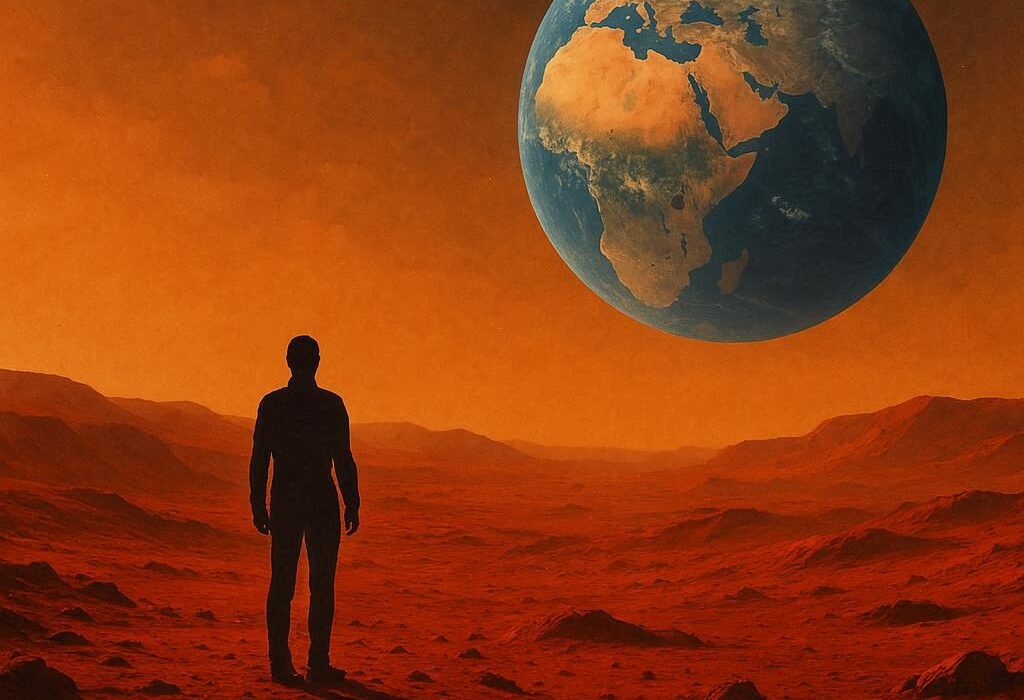For as long as human beings have been aware of death, they have dreamed of escaping it. Ancient myths spoke of fountains of youth, elixirs of immortality, and gods who lived beyond the reach of time. Today, science has replaced myth with biology, medicine, and technology, yet the dream remains. Could we not only extend human life but stretch it to two centuries? Could a child born in the future expect to celebrate their 200th birthday, strong of mind and body? This question, once confined to fantasy, is now emerging at the edge of serious scientific exploration.
The pursuit of radical life extension is not about vanity or greed; it is about the core of human existence. To live longer is to experience more love, more discovery, more beauty. But it is also to challenge the very laws of biology, to wrestle with evolution itself. As science progresses, the possibility of a 200-year human life feels less like fantasy and more like a frontier.
Why We Age
To imagine a 200-year life, we must first understand why humans age at all. Unlike machines that rust from the outside, living organisms age from within. Our cells, the building blocks of life, divide and replicate to keep the body functioning. Yet with every division, small errors accumulate. DNA strands shorten, proteins misfold, and energy-producing mitochondria falter. Over decades, these microscopic changes manifest as wrinkles, weakening organs, and eventually the collapse of the system we call death.
One key mechanism is the shortening of telomeres, protective caps at the ends of our chromosomes. With every cell division, telomeres become shorter, until cells can no longer divide safely. At that point, cells enter senescence—still alive but dysfunctional. Senescent cells accumulate like biological garbage, releasing inflammatory signals that damage surrounding tissues.
Meanwhile, other processes compound the problem: oxidative stress, which scars DNA with reactive molecules; epigenetic drift, which scrambles the instruction manual for our genes; and immune decline, which leaves us vulnerable to infections and cancers. Aging, therefore, is not a single disease but a cascade of interlocking failures.
If we are to reach 200 years of life, science must find ways to slow, repair, or even reverse these processes. And remarkably, scientists are already making progress.
Unlocking the Biology of Longevity
In laboratories across the world, researchers are probing the biology of aging with tools unimaginable a generation ago. They are identifying genetic switches, cellular pathways, and molecular interventions that can extend the lifespan of worms, flies, and mice. The challenge is to translate these insights into humans, whose complexity and lifespans are far greater.
One pathway of great interest is the role of sirtuins—proteins that regulate cell repair and energy use. Activating these proteins in animals has been shown to extend lifespan. Compounds like resveratrol, found in red wine, gained fame for stimulating sirtuins, though the results in humans remain inconclusive. More powerful molecules are now being studied.
Another breakthrough lies in senolytics—drugs that selectively eliminate senescent cells. In animal models, clearing away these toxic cells has rejuvenated tissues, improved organ function, and extended lifespan. Imagine a therapy that periodically cleanses the body of cellular debris, keeping organs youthful for decades longer than nature intended.
Gene editing technologies like CRISPR open even bolder horizons. By correcting genetic mutations that accelerate aging or by enhancing genes that promote repair, scientists could reprogram the blueprint of human life. Early experiments in mice show promise: editing a single gene can sometimes extend lifespan by 20 to 30 percent.
Then there is the epigenetic clock—a biological timekeeper that records how old we truly are, not in years, but in molecular wear and tear. Scientists are learning how to “reset” this clock, turning back cellular aging. In recent studies, partial reprogramming of cells has restored youthful function in tissues, hinting that one day entire organs—or even whole bodies—could be rejuvenated.
Nutrition, Metabolism, and the Power of Restriction
Biology teaches us that food is not only fuel but also a signal. What we eat, and how much, influences the pace of aging. Caloric restriction—eating significantly fewer calories without malnutrition—has been shown to extend lifespan in many species, from yeast to primates. The mechanism lies in slowing metabolism, reducing cellular damage, and activating repair pathways.
In humans, strict caloric restriction is difficult and sometimes dangerous, but it has inspired the search for “caloric restriction mimetics”—drugs or diets that mimic the benefits without the hardships. Compounds like rapamycin, originally developed as an immune-suppressing drug, have extended lifespan in mice by targeting pathways linked to growth and metabolism. Clinical trials are now testing its potential in humans.
Future science may deliver customized nutrition tailored to an individual’s genetics and metabolism. Imagine a 22nd-century physician prescribing not only medication but a diet plan precisely engineered to minimize aging. With every meal, the body would not merely be sustained but subtly tuned for longevity.
Regenerating the Body
If we live to 200, our bodies must not only resist decline but actively repair themselves. Here, regenerative medicine offers extraordinary promise. Stem cells—the master cells that can become any tissue—are already being used experimentally to regenerate damaged hearts, restore vision, and repair spinal injuries. In the future, personalized stem cell banks may allow people to replace worn-out tissues as easily as replacing car parts.
Regeneration may go even further with organ replacement. Advances in tissue engineering and 3D bioprinting suggest a future where failing organs—hearts, kidneys, livers—can be grown from a patient’s own cells, eliminating rejection. A person living to 200 might replace their organs multiple times over the course of life, each renewal extending vitality.
Even the brain, long considered too complex to restore, is being explored. Neurogenesis, the birth of new neurons, continues in limited form throughout life. If future science can enhance or guide this process, memory and cognition could remain sharp even after centuries. Brain-machine interfaces, now in early development, may provide yet another safeguard—allowing us to back up memories, augment cognition, and perhaps merge with artificial intelligence to transcend natural limits.
Artificial Intelligence and the Management of Life
Human doctors and scientists are limited by their knowledge, but artificial intelligence is beginning to analyze vast troves of biological data beyond human comprehension. AI can predict how genes interact, simulate the effects of drugs, and identify the hidden patterns of aging. In the future, AI may monitor every cell in a human body, predicting failures before they occur and prescribing interventions with pinpoint accuracy.
Imagine waking up in the year 2150 with an AI assistant embedded in your biology. It continuously analyzes your bloodstream, adjusts your metabolism, clears senescent cells, and guides your nutrition. Diseases are detected long before symptoms appear. Heart disease, cancer, dementia—all are intercepted at their earliest molecular whispers. Under such care, the body could remain resilient not for 80 years but for 200.
The Ethics of a 200-Year Life
Even if science makes it possible, should humans live to 200? The question is not only biological but moral, social, and cultural. A longer life would change the meaning of family, career, and legacy. Marriages might span centuries; education might last decades; economies would reshape around lifespans unimaginable today.
There are fears of inequality: will radical life extension be available only to the wealthy, creating a society of ageless elites and short-lived masses? There are concerns about overpopulation and environmental strain if billions live twice as long. Yet others argue that longer lives may inspire deeper wisdom and responsibility. With two centuries to see the consequences of their choices, humans might care more for the planet and future generations.
There is also the philosophical question: would life lose its urgency if it stretched to 200 years? Much of human creativity and drive is fueled by the awareness of mortality. Without the pressure of time, would we still strive, or would life become an endless postponement? Or perhaps, free from the shadow of early death, humanity would reach unprecedented levels of art, science, and empathy.
The Limits of Biology
Despite dazzling advances, skeptics remind us that biology may have ultimate limits. The human body is the product of evolution, designed for survival and reproduction, not for immortality. Even if we overcome telomere shortening, oxidative stress, and senescent cells, new forms of damage may emerge. A body designed for 80 years may simply not endure 200 without becoming something fundamentally different.
Some scientists suggest that true 200-year lifespans may require merging with machines. Cybernetic implants, robotic organs, and nanotechnology could reinforce fragile biology. Perhaps we will not remain fully human in the traditional sense but become hybrids of flesh and silicon. In such a future, the line between natural and artificial blurs, and “living to 200” may mean becoming something beyond what we recognize today.
A Glimpse of the Future
It is the year 2225. A child is born in a biotechnological age unimaginable to us. Her genome has been optimized before birth to minimize disease and maximize repair. Her organs, if ever damaged, can be replaced or regenerated. Throughout her life, microscopic nanobots patrol her bloodstream, repairing DNA, eliminating cancerous cells, and clearing toxins. Artificial intelligence whispers in her mind, advising her on diet, mood, and cognition.
She grows not into frailty but into renewed vitality, her body constantly refreshed. At 100, she feels as vigorous as her ancestors did at 30. At 150, she still writes, creates, and dreams. By 200, she has lived through eras that span multiple generations, becoming a living library of wisdom and memory. She is human, yet also something new—proof that time, once an implacable master, has been made into a companion.
Conclusion: The Choice of Time
The question of whether humans can live to 200 is not merely about science. It is about desire, values, and identity. Science may give us the tools to stretch our lifespans, but society must decide how to use them. Do we wish to live longer, and if so, what kind of lives shall we build in those added centuries?
What is certain is that the dream of life extension is no longer confined to myth. The compass needle that guided young Einstein to wonder about invisible forces is the same spirit guiding today’s scientists to unlock the mysteries of aging. Whether or not humans one day celebrate their 200th birthdays, the pursuit itself will transform medicine, reshape society, and redefine what it means to be alive.
Perhaps the greatest gift of future science will not be simply more years, but better ones—lives of health, vitality, and purpose. And in the end, whether we live 80 years or 200, the measure of life will not be in its length, but in the depth with which we embrace it.






